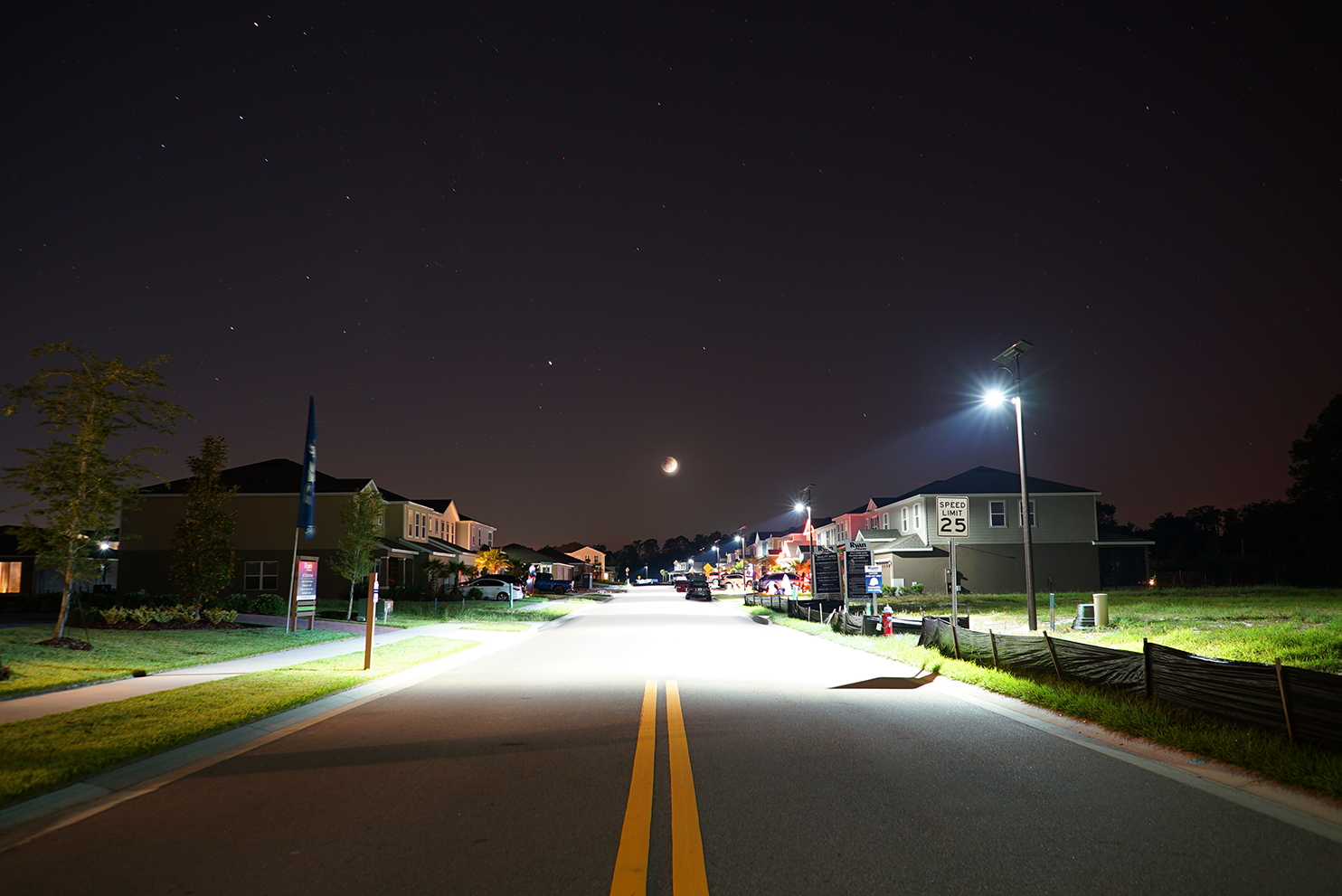
Find out how cities use solar lighting to aid positive park usage, reduce traffic fatalities, or avoid copper theft.
Every new grid-connected street light will add to your problem of aging infrastructure replacement. Know exactly what the future holds by building a grid-free, fixed-cost lighting network.
Remove the utility company from the equation. Gain a self-reliant city with local control and no monthly costs.

Solar lighting isn’t scary. Tell us what you need, and we’ll make it happen, with guaranteed results.
Citizens want to be part of something that is better. Showcase an investment to them and their future with solutions that are smarter, greener, and more adaptable to the ever-changing landscape.
Don’t give up. You’d be surprised at all the logistics and cost-saving obstacles solar lighting can overcome.